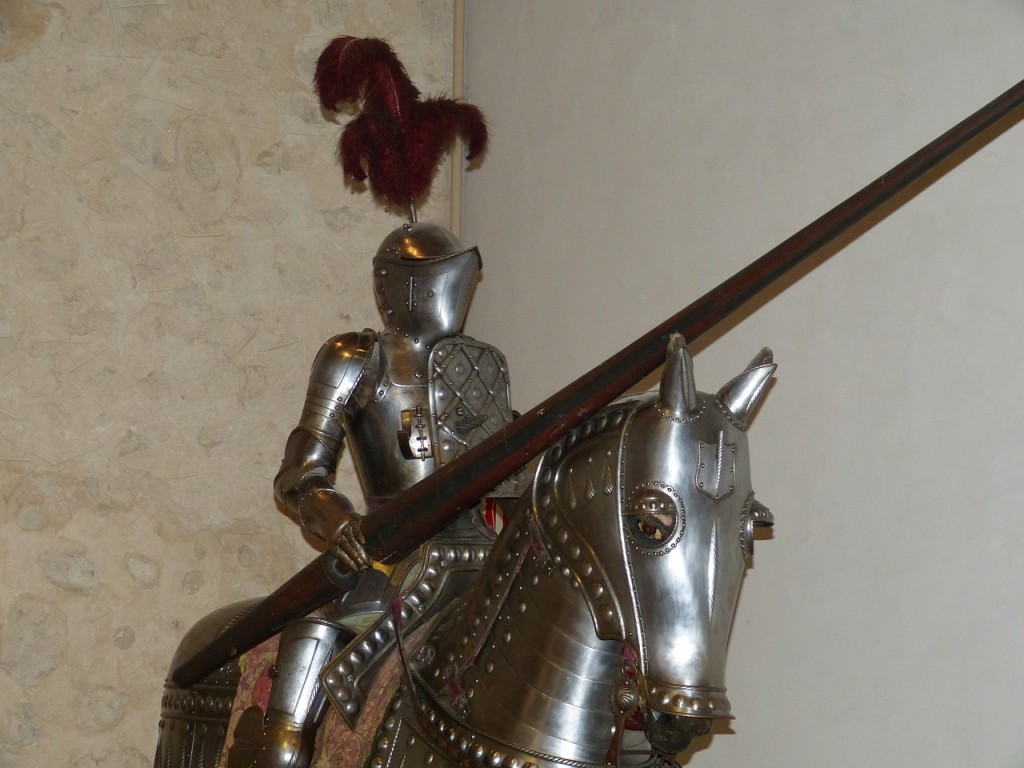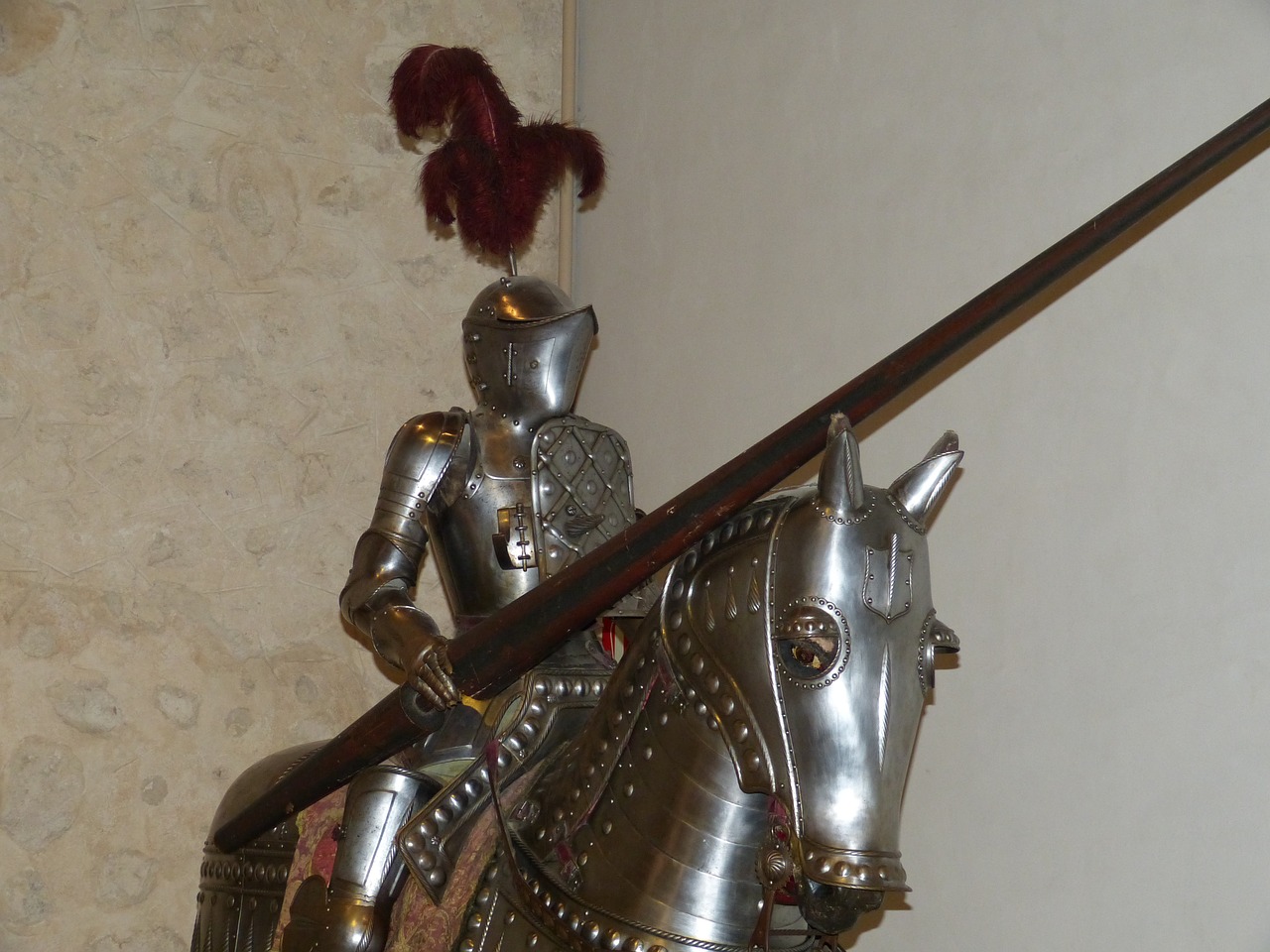By Thomas Palakon (Contributor) – Email

I was passing through the SUB this past Friday morning and encountered what I assumed, based on their briefcases and oh-so earnest smiles, was a gathering of some sort of local young capitalists and earnest consumers club. (Turns out it was a breakfast meet-and-greet for our business students, but the confusion is understandable.) The young women in attendance looked sharp. The young men, sadly, looked lost.
It would seem men have gotten confused over what is proper business attire. It’s hard to blame them, as our culture has embraced the nonsense that is workplace jean days, and the deplorable rise of “business casual.” As a result, we have a generation of men who think that a collared shirt is practically a tuxedo, and baggy cargo shorts are appropriate wedding guest attire. The poor lads shuffling about here were awash in too-big sport coats, and short-sleeved shirts and ties. So please: let’s re-establish some basic guidelines for three crucial parts of a gentleman’s business uniform.
First, every man should own a suit. You can think you’re above dressing like “The Man” all you want, but in life you will sometimes be expected to meet a dress code a bit more demanding than clean jeans and a logo-free t-shirt. If it’s your first one, it’s important to go for something simple, something that can get you through everything from job interviews to funerals. The smart choices here are dark blue or grey, single-breasted, and two-buttoned.
If you must buy off the rack, make sure you know a good tailor for post-purchase alterations. Your suit should not sag at the shoulders, and should be cut close to the body. To give it a little pop, don’t be afraid to go for one with a subtle pattern, such as a faint pinstripe or herringbone. Remember: The suit shouldn’t be getting all the attention. The point is for the suit to make you look good.
Invest in two or three decent dress shirts. The sleeves should reach the end of your wrist so you can show a little cuff when your jacket is on, and the collar should be snug, not tight. (A good rule of thumb: you should be able to easily slip two fingers between your neck and the collar.) Even though it can be a hassle to keep clean, white is always the go-to choice. Pale blue or (if you’re feeling particularly confident and / or whimsical) a faint pink are also acceptable. No more teals, no more fuchsias, no more bright purples. Generally, if the colour of your dress shirt does not occur in nature, get rid of it.
My mother always told me women judge a man by his shoes. If this is indeed the case, I fear for your nation’s population growth. So, to keep it simple: your shoes should be black or brown. Those are your only two options. (Frankly, I think even brown is pushing it, but I am willing to make some concessions to modernity.) The toes should be rounded, not square or, even worse, pointy. (Nice try, Aladdin.) They should be shined, at the very least, once a month, and given a day off between wearings. Shoes take a pounding and need a chance to recover from dirt and sweat.
Some men may sneer that suits are just a symbol of conformity, but it’s really quite the contrary. After all, if you can sort out one decent suit and shirt combination, you will already be setting yourself apart from the polo shirt and khaki brigade. That can only be a big boost in that next job interview, or when struggling to make small-talk with your well-dressed female classmate at the next breakfast buffet.


